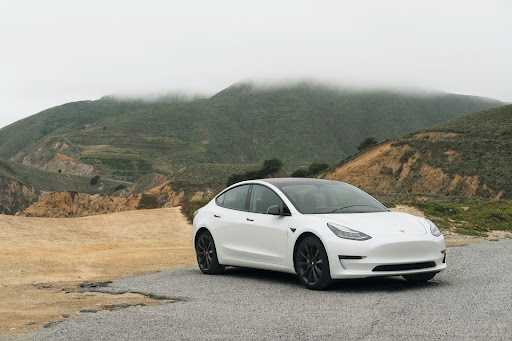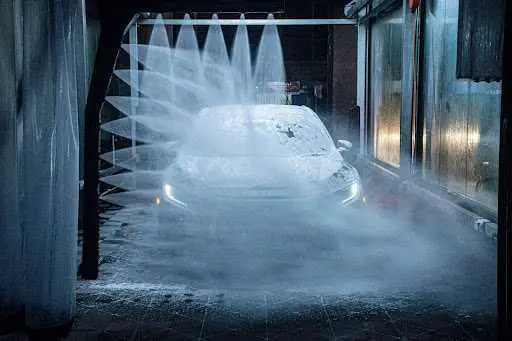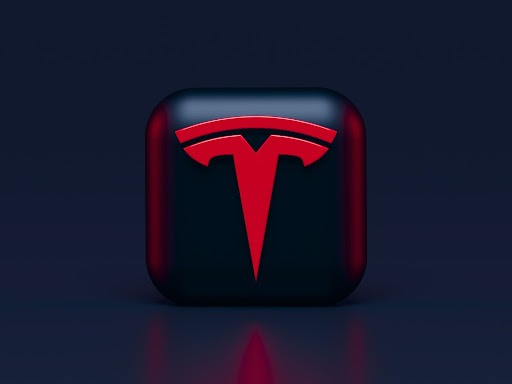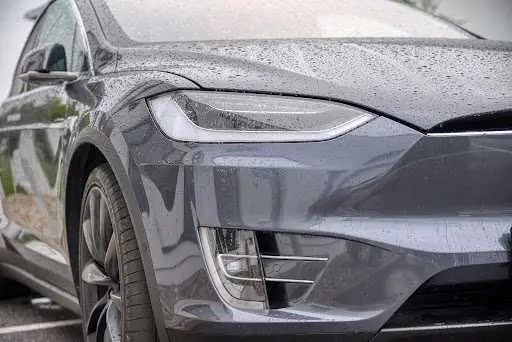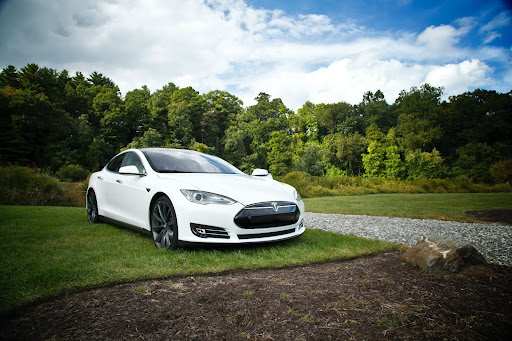How Much Do Tesla Batteries Weigh?
Tesla’s electric cars have taken the EV market by storm with their fully-electric vehicles and self-driving technology. What sets Tesla apart from its competitors is its innovative batteries that can last for hundreds of miles per charge. Apart from what makes these batteries unique, you may wonder how much Tesla car batteries weigh.
Here’s how much Tesla car batteries weigh based on the models:
- Roadster: 992 lbs (450 kg).
- Model 3 Standard Range: 1054 lbs (478 kg).
- Model 3 Long Range: 1168 lbs (530 kg).
- Model Y: 1168 lbs (530 kg).
- Model S: 1377 lbs (625 kg).
- Model X: 1377 lbs (625 kg).
There have been other batteries with different capacities used in Tesla cars. Keep reading this post to see a detailed description of Tesla batteries, what they’re made of, and how heavy they are. I’ll also explore how tesla batteries have evolved over the years.
Tesla Car Batteries’ Weights
Tesla uses different batteries in each model to offer different options in terms of range and durability for customers. That’s why each car is different from others regarding battery weight. Here’s a rundown of Tesla battery weights by model.
Roadster
The roadster was the first electric car launched by Tesla in 2008. Tesla originally used 53 kWh batteries in the Roaster. The battery pack has 6831 cells grouped into 11 sheets, and each sheet consists of 9 bricks. The whole pack weighs 992 lbs. (450 kg).
However, in 2016, Tesla offered a battery upgrade for the Roadster with 80 kWh batteries. Although there’s no data on the weight of these batteries, it should be a little below 1200 pounds since the 85 kWh batteries weighed 1200 pounds.
Model 3
Model 3 features a standard-range 50-kWh battery and an optional, long-range 75-kWh battery with a 310-mile range. The 350-volt battery packs constitute four longitudinal modules with different numbers of cells in the standard- and long-range models.
The standard-range battery contains 2,976 cells grouped in 96 bricks of 31. The long-range battery contains 4,416 cells grouped in 96 bricks of 46. That’s why it weighs a little more than the standard-range version – 1168 lbs (530 kg) while the standard-range battery weighs 1054 lbs (478 kg).
Model Y
Tesla Model Y features a 75-kWh lithium-ion battery with 4416 cells. So, it weighs 1168 lbs (530 kg). This model also comes with a standard range and an optional long-range battery.
According to Elon Musk, they will use different battery types in different factories, with the newly developed 4680 battery cells being used in the Berlin facility. However, there’s no information about how much the new or old battery types weigh.
Model S and Model X
Model S has used a wide range of batteries with different capacities since its launch in 2012. The new 99-kWh battery pack has 7,920 lithium-ion cells grouped in five modules of 1,584. The previous batteries were 60 kWh (848 lbs/385 kg), 70 kWh (1000 lbs/453kg), 75 kWh (1168 lbs/530kg), and 85 kWh (1200 lbs / 544 kg),which were discontinued.
The new 100 kWh battery weighs 1377 lbs (625 kg), which is the heaviest and the most powerful battery of all.
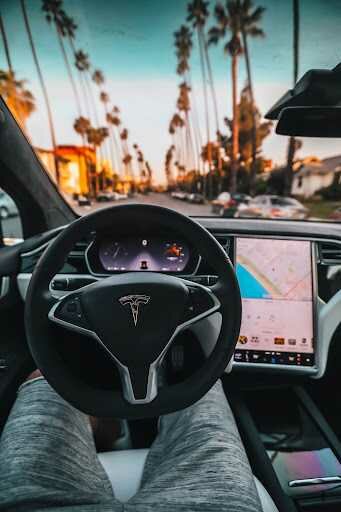
The same goes for Model X, as it has experienced lots of battery upgrades since it was born in 2015. It has been delivered with 60, 75, and 90 kWh batteries, and now it comes with a 100-kWh battery pack.
New Roadster
The Second generation Roadster is the smallest car among all Tesla models. Still, it features one of the largest and heaviest battery packs. That’s because it has batteries twice as large as those of Model S and Model X; the New Roadster’s battery pack is 200 kWh. That means this model is among the most powerful Tesla cars that can reach up to 250 miles per hour.
Since the New Roadster hasn’t been delivered (Elon Musk has announced it will be delivered by 2023), Tesla hasn’t disclosed the weight of the battery. However, experts speculate the battery weight to be around 1830 lbs (830 kg) based on previous battery sizes and the car’s overall weight.
What Makes Tesla Car Batteries Heavy
Batteries are the heaviest and largest components of electric cars, even more so with Tesla vehicles. Tesla batteries are heavier than other cars because most electric cars are hybrids. The gas engine assists the battery, allowing the driver to shift between two power modes.
In addition, Tesla cars go a higher distance with one battery charge than other competitors. So, it may need more batteries to provide this much power.
That said, the most important reason that makes Tesla car batteries so heavy is the way battery cells are arranged in the battery pack. Tesla uses lithium-ion battery packs that consist of thousands of Li-ion cells. Each cell is a single unit that stores the energy of as much as 4 volts.
To create enough power for an EV, manufacturers need to place thousands of such cells next to each other and build a huge battery.
Tesla’s battery pack looks like a huge sheet that spreads all over the car’s floor. This sheet is a battery pack made of modules that consist of individual bricks. The number and arrangement of cells in these bricks and modules determine the battery’s capacity and weight.
How Tesla Batteries Have Evolved
The batteries Tesla uses in its EVs are different from those used by rivals such as Nissan and GM. As we mentioned earlier, to make a battery pack big enough for an EV, you need to put thousands of single cells in one brick.
There are two ways to do this; other companies like Nissan put these cells in series, creating LEAF batteries with 96 cells in one pack. On the other hand, Tesla puts these cells in parallel.
However, the most important thing that distinguishes Tesla batteries from others is the way Tesla arranges cathodes and anodes inside the battery. While others put one layer of the anode on top of a cathode, in the shape of a rectangle, Tesla rolls these layers into cylindrical cells.
This design greatly reduces the size of each cell, allowing for a much larger battery with higher capacity.
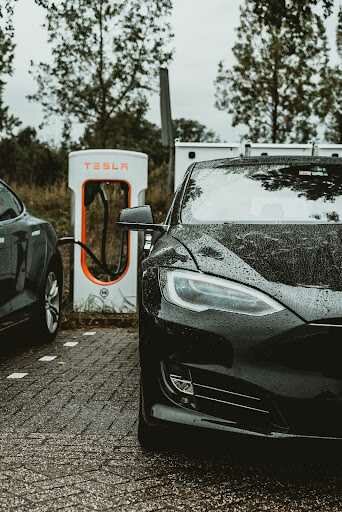
However, this technology has evolved over the years as Tesla improved battery capacity to increase its cars’ powers. Here’s how the company’s batteries have evolved:
Battery Size
18650. It’s the first battery that Tesla used in its Roadster model, the first EV ever made by Tesla. It’s an 18 mm by 65 mm cylinder. There were 6,831 cells arranged in 9 bricks and 11 sheets, making the 53-kWh battery.
2170. Tesla launched a 2170 cell battery with the Model 3. Like previous cells, it’s cylindrical but measures 21 mm by 70 mm. It’s bigger than the previous battery, which means more capacity and higher performance.
4680. As you can see by the dimensions, the latest Tesla battery cell is much bigger than its predecessors to address issues with previous batteries. It will be five times bigger than previous models in terms of energy storage.
Battery Chemistry
Tesla uses lithium-ion batteries in its cars. These batteries are the same ones used in today’s laptops and cellphones. However, lithium isn’t the only chemical product used in these batteries. The cathode component of Tesla car batteries also contains cobalt, nickel, and aluminum. For example, the batteries in the Model S contain 15% cobalt, 5% aluminum, and 80% nickel.
However, Tesla has decided to change its car batteries’ chemistry because of the shortage and price of nickel and cobalt. Their high costs have been the main reason that Tesla batteries are so expensive.
In addition, nickel prices have increased due to the demand from the EV industry. That’s why the company plans to shift to a more viable option called LFP (iron phosphate). The shift is due to the lower cost and wider availability of iron compared to cobalt and nickel. However, iron phosphate reduces the battery’s energy density, so Tesla is planning to use this type of battery in its short-range cars.
Tesla Car Battery Ranges
As mentioned earlier, Tesla batteries come in different capacities and ranges, from short-range to long-range. Different Tesla models can come with different battery packs to offer longer ranges per charge.
So, depending on the battery capacity, you can expect your car to go from 262 miles to 405 miles per charge. That said, it also depends on how you drive and where you drive. For example, if you’re driving inside the city, with heavy traffic and stomping on the brake pedal frequently, you can go a shorter mileage than when you drive on the highway.
Here’s a breakdown of Tesla car models and how long they hold battery:
| Model 3 Standard Range | 262 miles |
| Model 3 Long Range | 353 miles |
| Model S Plaid | 396 miles |
| Model S Long Range | 405 miles |
| Model X Plaid | 340 miles |
| Model X Long Range | 360 miles |
| Model Y Performance | 303 miles |
| Model Y Long Range | 326 miles |
To achieve these ranges, drive at a logical speed, brake softly, make sure the tires are fully inflated and don’t drive in freezing temperatures.
Tesla Batteries Lifetime
Tesla car batteries, regardless of their capacity and weight, are famous for being long-lasting. According to Elon Musk, Tesla car batteries are expected to last between 300,000 (480,000km) and 500,000 miles (800,000km), with the average number of miles an American person travels. If you take good care of your battery, it should last between 21 and 35 years, depending on the number of miles you’ll drive.
If you translate this mileage into charge cycles, it will become 1,500. It means you’ll charge your battery 1,500 times before it starts to degrade. And this degradation isn’t that much after driving all these miles. According to analyses by the guys at electrek.com, Tesla battery degradation was below 10% at high mileages (160,000 miles/257500 km).
Final Thoughts
Tesla batteries have come a long way since the launch of the first electric car, the Roadster. The first battery used in this car was 53kWh and weighed 992 pounds (450kg). However, the advances in technology led to higher-capacity batteries with different sizes and weights. The latest battery used in a Tesla car is 200kWh in the Second Generation Roadster and is expected to be around 830 kg.
Amazon and the Amazon logo are trademarks of Amazon.com, Inc, or its affiliates.

